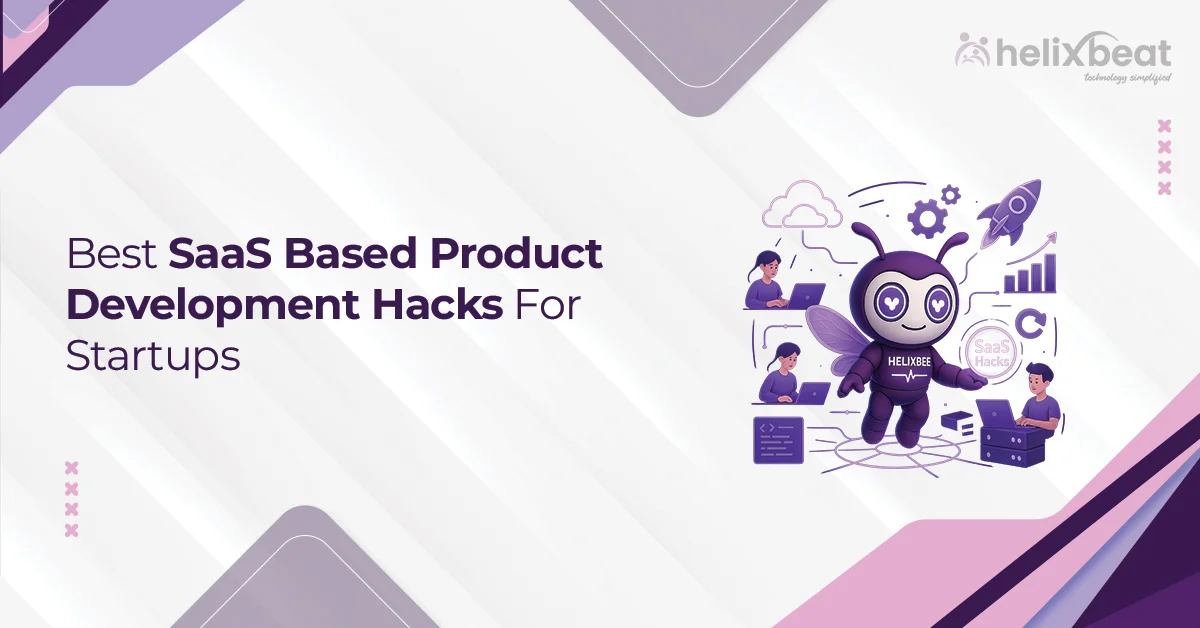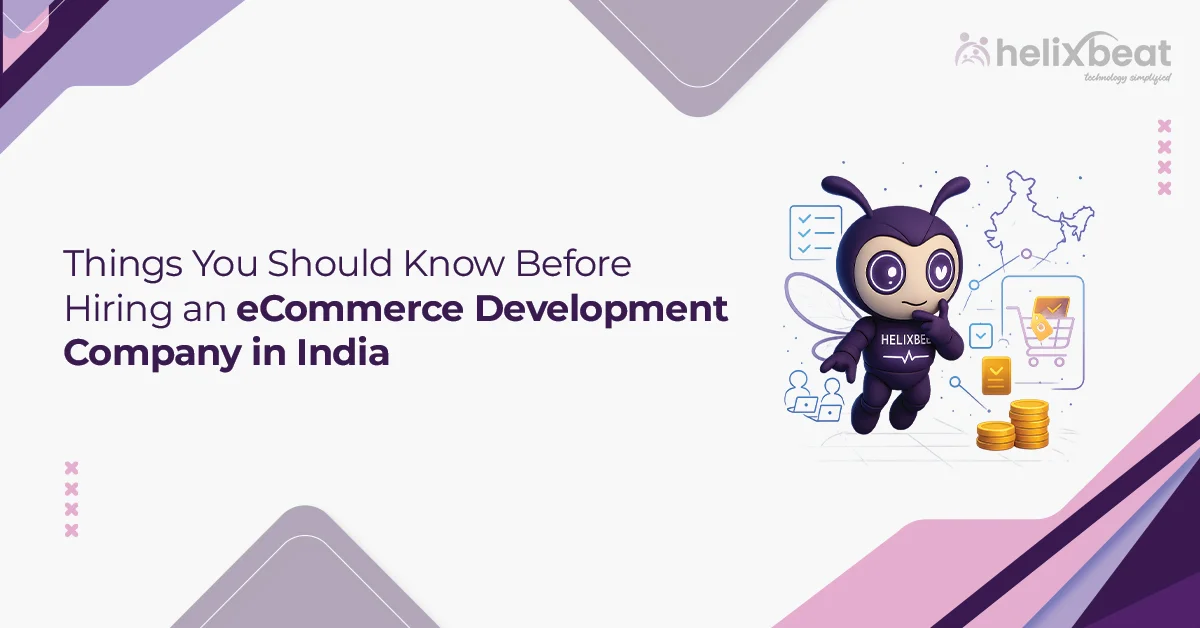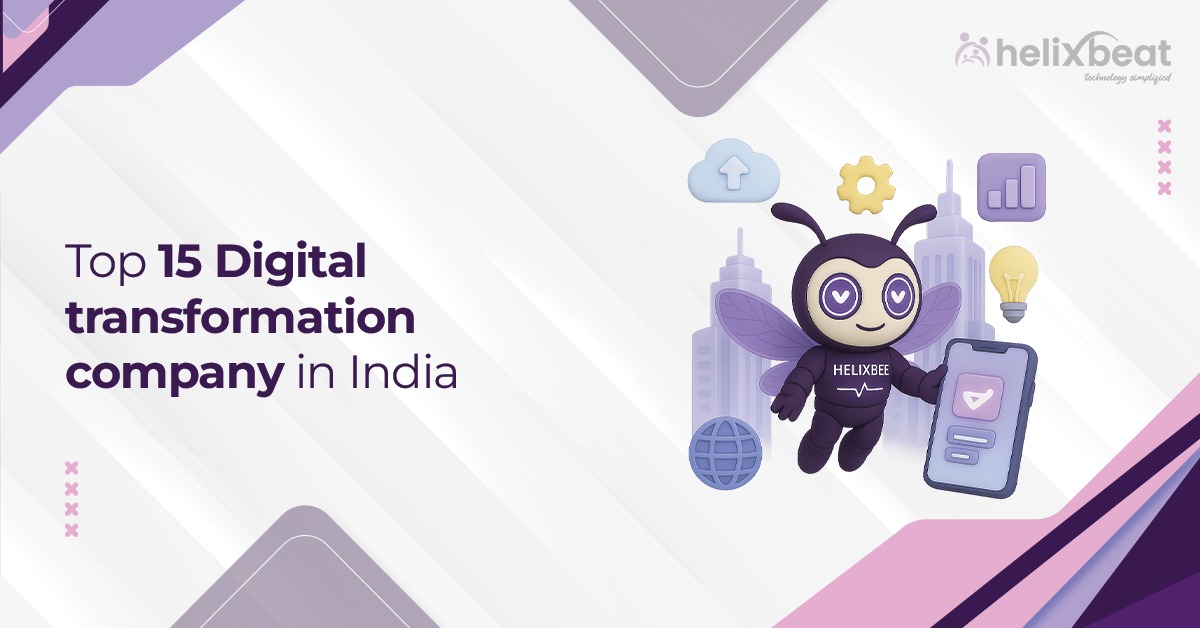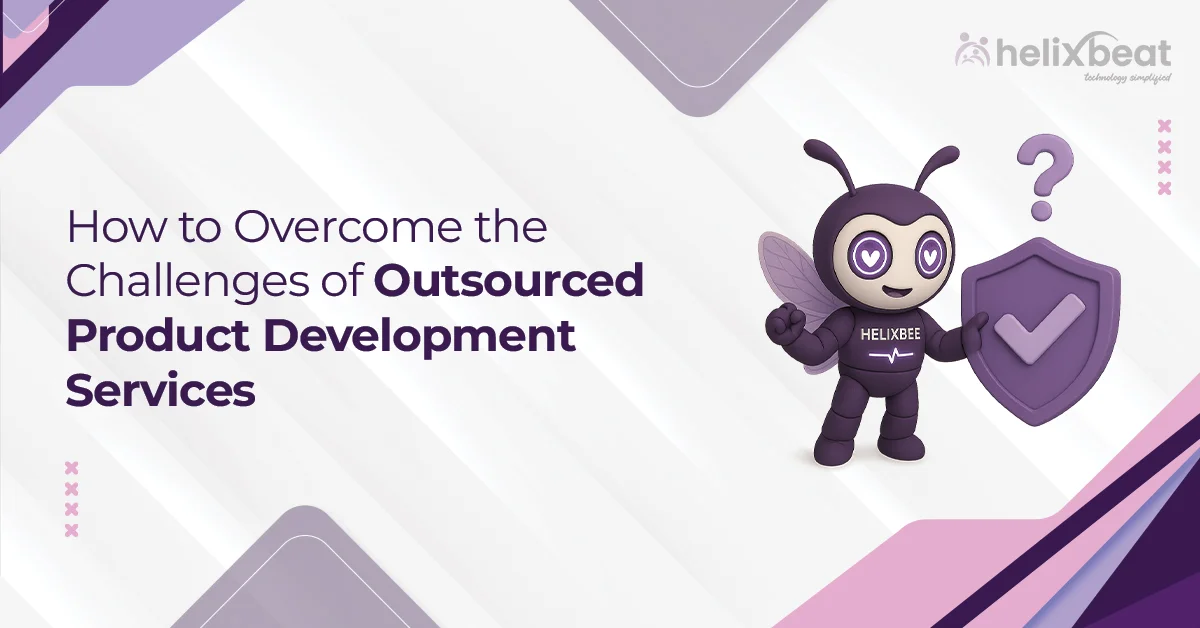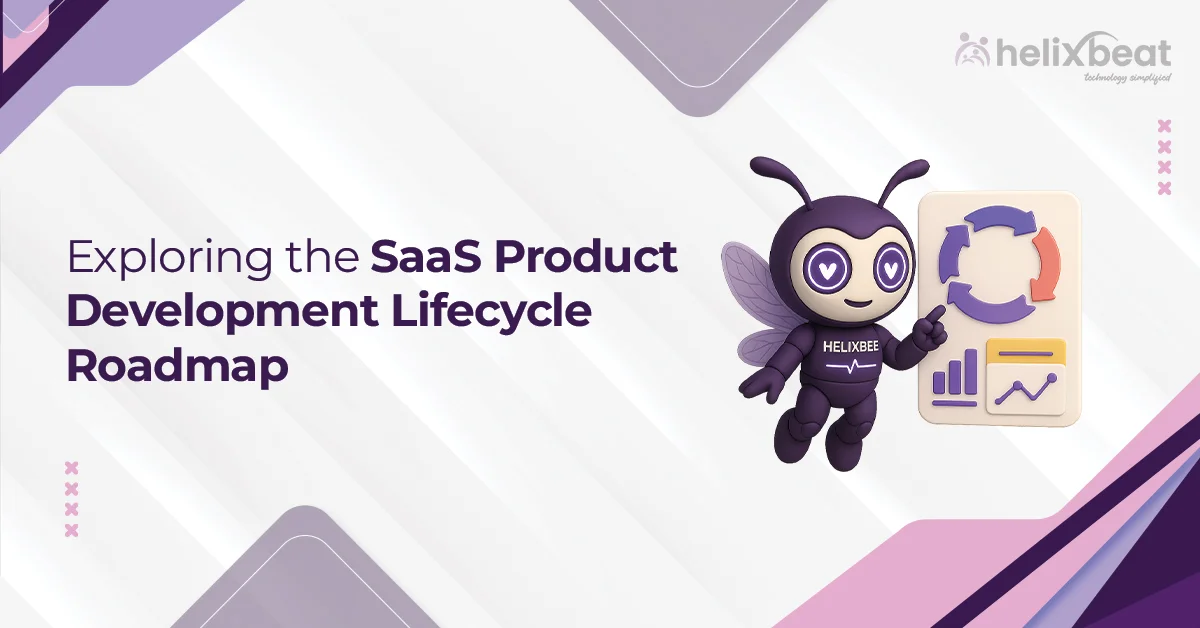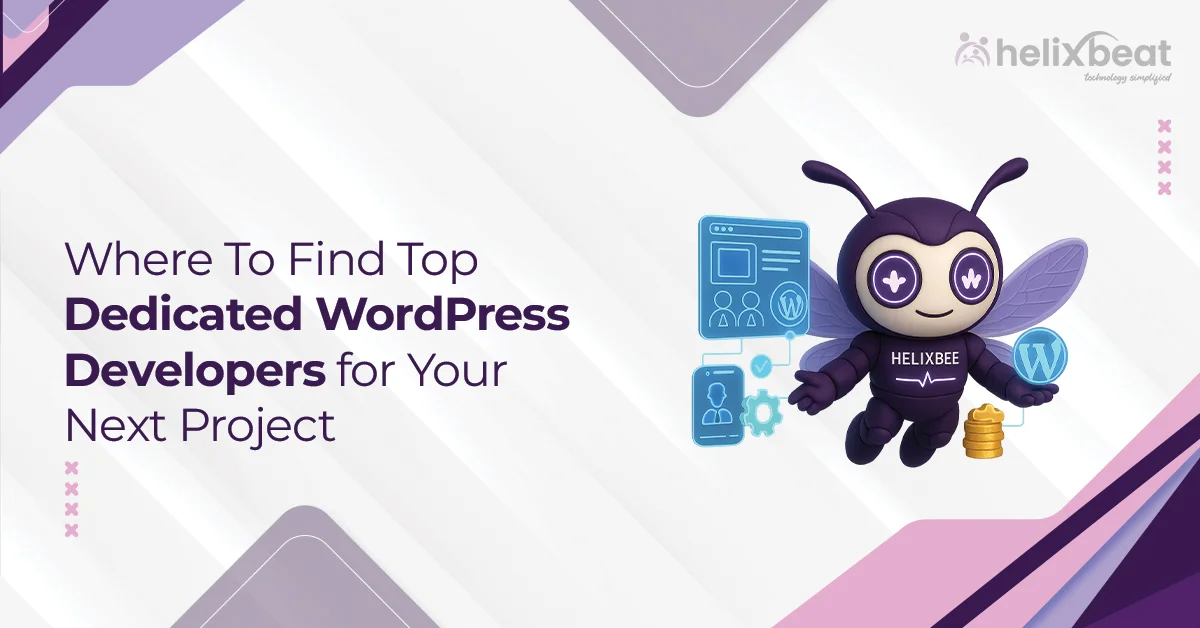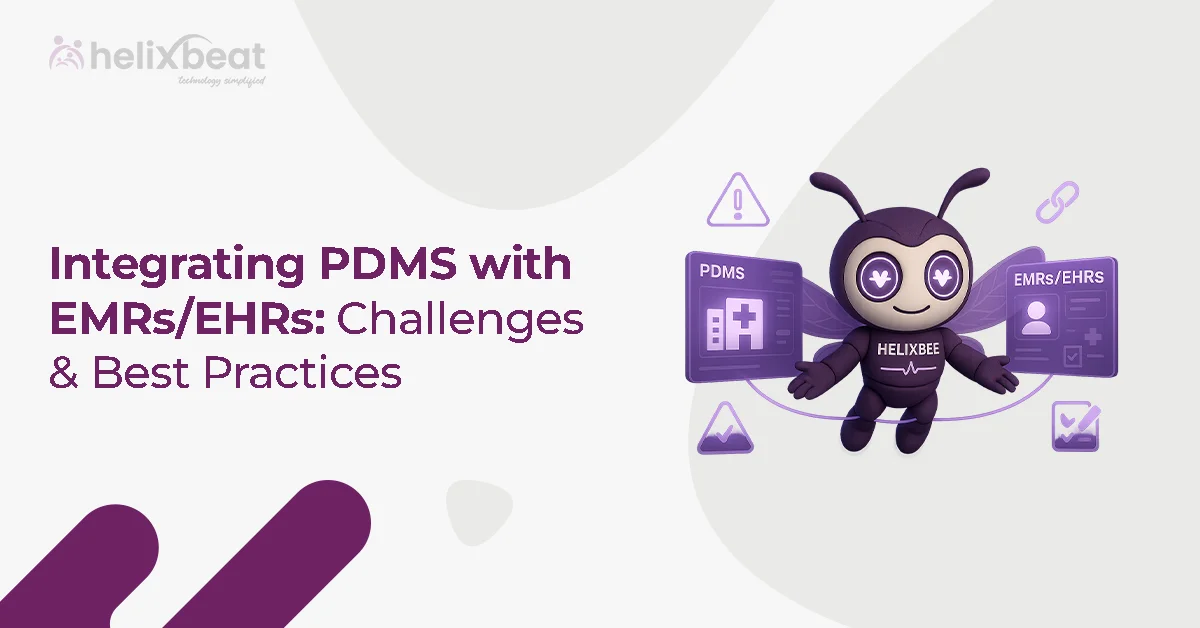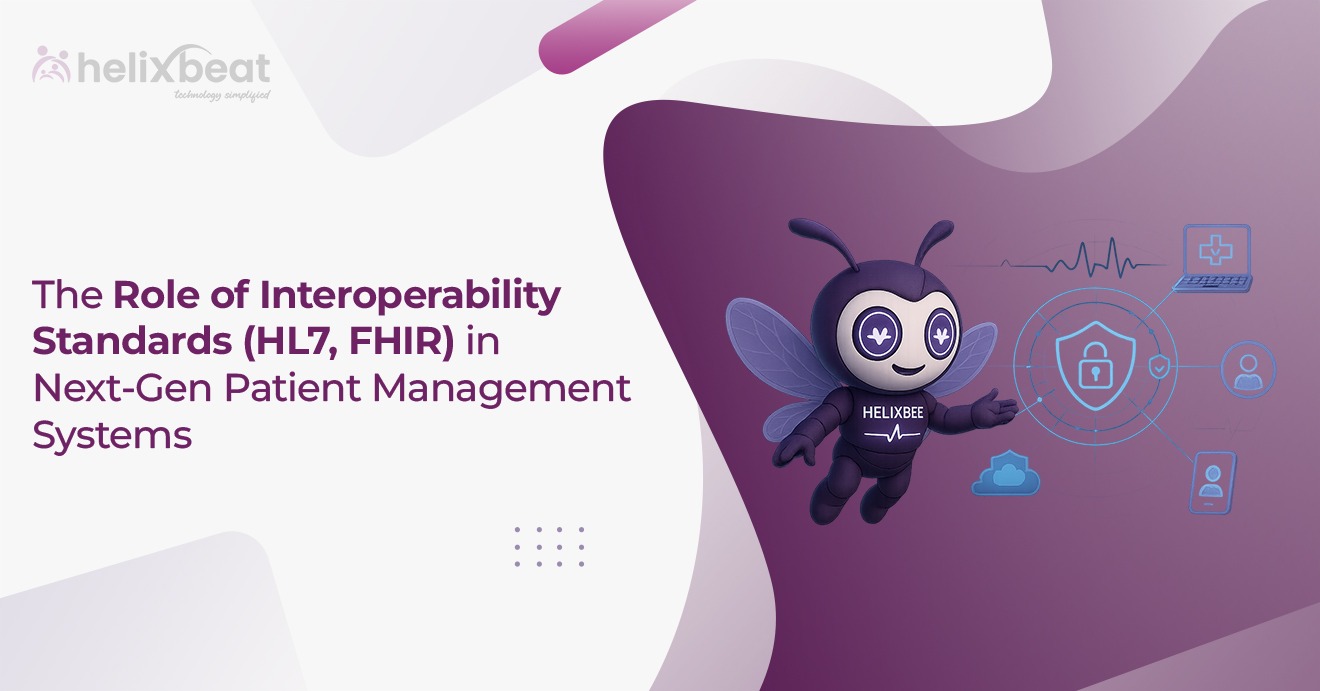Every aspiring entrepreneur dreams of building the next big innovation that disrupts industries. However, what we often fail to see is the long, challenging road behind the success stories we hear about. Behind each major achievement, many successful startups relied on a pivotal strategy to get started: the Minimum Viable Product (MVP).
CB Insights reports that 38% of startups fail due to running out of cash, often from over-investing in product development before testing market viability.
In recent years, entrepreneurs have come to recognize the immense value of an MVP in launching a product. The MVP approach focuses on building just the core features that solve a problem, allowing startups to enter the market faster, gather valuable user feedback, and refine their product with real insights.
This lean, resource-efficient strategy mitigates risks, saves costs, and accelerates time-to-market. While MVP development is a critical step for any startup, it’s also helpful to compare it with other strategies like EVP (Enhanced Value Proposition) to understand the different ways a product can be developed fully.
Here are six reasons why MVP software development is essential for startup success.

Table of Contents
6 Reasons Why MVP Software Development is Essential for Startup Success
1. Minimizes Financial Risk with Lean Investment
- Startups often operate on tight budgets, and investing too much too early can be a fatal mistake. MVP software development allows entrepreneurs to validate their product idea with a minimal initial investment, reducing the financial risk.
- By focusing on core features and launching early, startups avoid spending on unnecessary features that may not align with market needs, preserving cash flow for future iterations.
- 70% of startups that use an MVP approach report a higher rate of long-term success compared to those that fully develop their product upfront.
2. Accelerates Market Validation
- Building an MVP allows startups to test their product in the real market quickly. Unlike a fully developed product, an MVP provides instant insights into customer needs and market demand.
- This early-stage validation helps entrepreneurs pivot or refine their offerings before investing further in development, ensuring the product aligns with actual user preferences.
- 42% of startups that test their MVP with customers gain a better understanding of their product-market fit, boosting their chances of success.
3. Fosters Faster Iterations Based on Real Feedback
- An MVP is not static; it evolves based on real user feedback. Once the MVP is in the hands of actual users, startups can observe behavior, gather opinions, and make informed decisions about which features to improve or discard.
- This iterative process fosters continuous product refinement, ensuring the product meets the target audience’s expectations while avoiding wasted resources.
- Startups that iterate based on user feedback during MVP development see a 30% faster product-market fit compared to those without a feedback loop.
4. Attracts Early-Stage Investors
- Investors are often hesitant to commit funds to unproven ideas. An MVP software development serves as proof of concept, demonstrating that the product can solve a specific problem and has potential market appeal.
- By showcasing an MVP, startups can attract early-stage investment and prove their ability to execute and validate ideas, significantly improving their chances of securing funding.
- 60% of investors are more likely to back a startup with an MVP as it shows potential for growth and a clear roadmap.
5. Speed-Up Time-to-Market
- Speed is important in the modern competitive business environment. MVP development allows startups to release a functional product faster by focusing only on the essential features.
- This not only accelerates time-to-market but also creates a presence in the market sooner, giving the startup an opportunity to gain early users, feedback, and recognition before competitors enter the space.
- Startups that launch their MVPs within the first 6 months have a 50% higher chance of becoming profitable within the first two years.
6. Builds Customer Loyalty and Trust Early On
- By involving early adopters in the development process, startups can build a loyal customer base from day one. MVP software development encourages feedback loops with these early users, which fosters a sense of ownership and connection to the product.
- When users feel heard and valued, they are more likely to stay engaged, provide ongoing feedback, and advocate for the product, helping build brand loyalty early in the lifecycle.
- 75% of users who engage with an MVP and provide feedback are more likely to continue using the product once fully launched.
Difficulties in MVP Software Development and How to Solve Them
Developing an MVP is an exciting yet challenging process, and while it offers numerous benefits, it also comes with its share of difficulties.
Here are three common challenges faced during MVP software development and effective solutions to overcome them:
1. Difficulty: Defining the Core Features
One of the main challenges in MVP development is identifying which features are essential for the product’s success. It’s easy to get overwhelmed by the desire to build a fully functional product, but that’s not the goal of an MVP. Defining the core features that directly address the user’s primary problem can be tricky.
Solution: Start by conducting thorough market research and customer interviews. This helps you prioritize the most critical features based on real user needs. Focus on the minimum set of functionalities that will prove the product’s value and potential market fit.
2. Difficulty: Balancing Speed and Quality
While an MVP software development should be developed quickly, it’s also crucial to maintain a level of quality. Often, the urgency to launch fast can lead to rushed decisions that compromise the product’s usability or stability, creating poor user experiences.
Solution: Adopt agile development practices that allow for rapid prototyping and testing while ensuring a high-quality user experience. Use automated testing tools to streamline quality assurance and make sure any issues are caught early in the development cycle, allowing for faster iterations.
3. Difficulty: Gathering Actionable Feedback
Once the MVP is out in the market, gathering meaningful and actionable feedback can be a challenge. Not all feedback will be valuable, and sifting through user opinions to identify what matters most can be time-consuming and overwhelming.
Solution: Implement a clear feedback strategy that includes structured surveys, user interviews, and analytics tools to track user behavior. Engage with early adopters to collect detailed feedback, and prioritize the most impactful changes that will improve the product’s overall value. This ensures you are focusing on feedback that drives product improvements.
Final Words
In short, MVP software development is a powerful strategy that allows startups to test their ideas, gather real user feedback, and make data-driven decisions early in the process.
Ultimately, MVPs provide the foundation for iterative growth, helping startups refine their offerings and build solutions that truly resonate with their target audience.
At Helixbeat, our product development services are designed to help you build robust MVPs quickly, ensuring your startup can test, validate, and iterate without compromising on quality.
We work closely with you at every step to bring your vision to life and accelerate your product’s journey from concept to market-ready solution. Get a free product development consultation with us.
FAQ
1. What is the ideal timeline for developing an MVP?
The timeline for developing an MVP can vary depending on the complexity of the product and the scope of its core features. However, typically, MVP development takes between 2 to 6 months, allowing enough time to validate the product idea, gather feedback, and make necessary adjustments.
2. How do I decide which features to include in my MVP?
The key to deciding which features to include in your MVP is to focus on the core problem your product aims to solve. Engage with potential users, conduct market research, and prioritize features that directly address their pain points. Aim to build only the most essential functionalities to test the product’s value.
3. How can I handle negative feedback on my MVP?
Negative feedback should be seen as valuable input to refine your product. Take the time to understand the specific issues users are facing and assess whether those issues align with your initial assumptions. Use this feedback to pivot or make improvements that will better meet user needs.
4. Is it necessary to have a fully developed MVP before launching?
No, the purpose of an MVP is to release a basic version of your product to test its concept in the real market. The MVP should only include the essential features necessary to validate your idea. A fully developed product is not required at this stage.
5. Can I scale my MVP after launch?
Yes, the beauty of an MVP is that it allows you to build incrementally. After launching your MVP and gathering user feedback, you can refine and expand the product’s features based on real user data. This iterative process helps you scale the product in alignment with market demand and user expectations.





